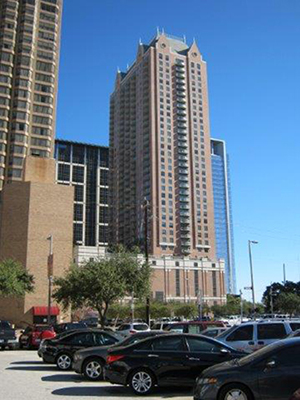Building codes are the biggest driver to install an emergency generator on a facility. These codes were implemented to provide Life Safety measures to keep people safe as they exit a building due to a power outage. Loads typically covered are minimal lighting, elevators, alarm systems, and in some cases fire pumps.

Hospitals, government and municipal buildings, and airports, are the more obvious users. They are driven by other regulations so are also forced to have a certain amount of emergency power on their facilities.
Although building codes drive a lot of the need for this type of system, there are other concerns to think about as well.
There are several other types of customers who aren’t required by any codes or regulations to have an emergency generator system, but may want to consider getting one.
An average large business today can lose more than $1 million per hour in an electrical outage. In other industries, such as telecommunications or energy production, losses can go over $2-$3 million per hour and more.
We have personally worked on a project several years ago for a worldwide reservation center who lost about $90,000 per minute when they were without power.
Many facilities have processes where if power is lost product is ruined. Some have to keep product cold or frozen or it is wasted. Insurance may help in some cases, but not the customer who was expecting a product to be delivered, that now will be delayed. Something like this could lead to loss of future sales.
In the U.S. we are dependent on electricity 24/7. We are doing business all over the world at different times during the 24 hours of a day. Without electricity it doesn’t happen.
Best Regards,
Kentech Sales Team
